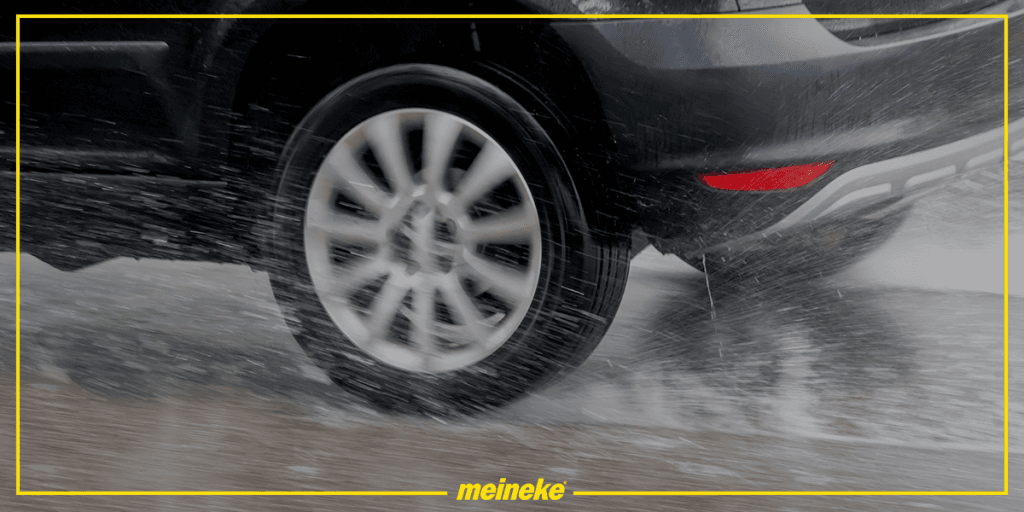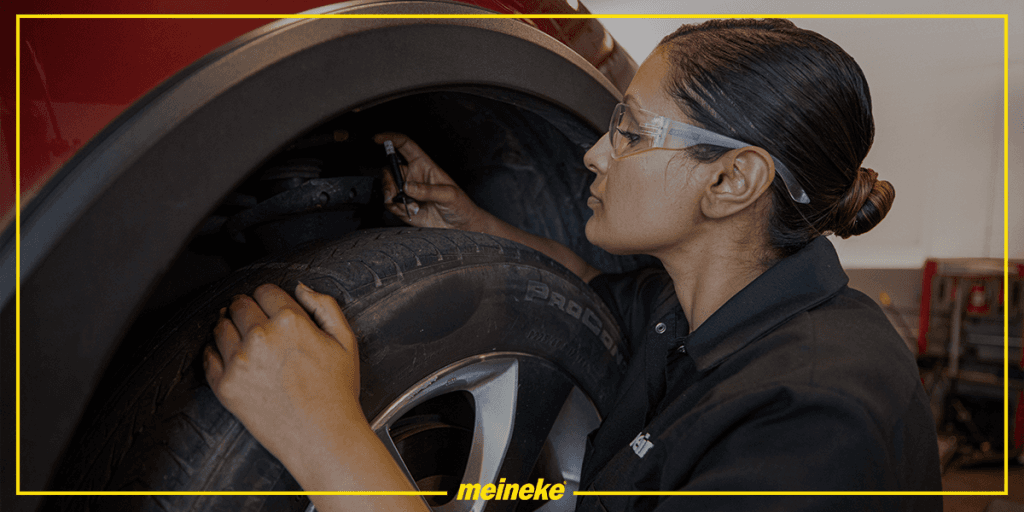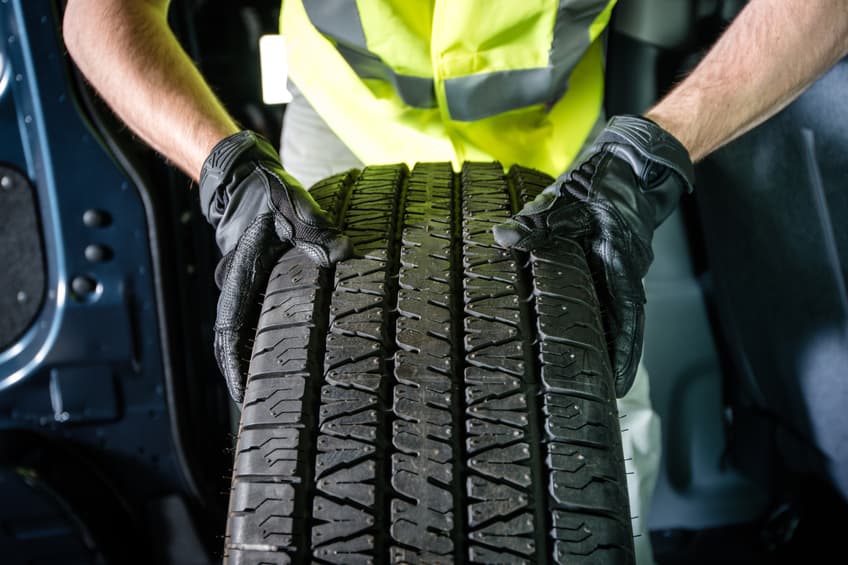
August 30, 2023
A Driver’s Guide to Hydroplaning: What It Is and How to Avoid It
Rainy weather poses significant safety hazards for drivers, from reduced visibility to slippery road surfaces. Among these dangers is hydroplaning—a loss of control and traction no driver wants to experience. This guide will explain its meaning and causes and how to avoid hydroplaning to ensure a safer driving experience.
What Is Hydroplaning and What Causes It?
Hydroplaning, also known as aquaplaning, happens when your tires lose traction and control as they encounter a wet surface. This leads to a temporary disconnection between the tires and the road, increasing the likelihood of accidents. To reduce the risk, consider the following factors of what causes hydroplaning:
- Driving Speed: When driving at higher speeds, your tires struggle to channel water away, reducing their ability to maintain contact with the road.
- Road Conditions: As rainwater accumulates, it creates puddles or standing water on the road surface. The deeper the water, the more difficult it will be for your tires to disperse water effectively, increasing the likelihood of hydroplaning.
- Tread Depth: Old, worn-out tires may lack the necessary tread depth to disperse water effectively and maintain traction on wet surfaces, increasing the risk of hydroplaning.
How to Avoid Hydroplaning
You can significantly reduce the risk of hydroplaning by implementing these practical strategies and precautions.
- Maintain Your Tires: Inspect your tires regularly for signs of wear, such as uneven tread wear and insufficient tread depth. Ensure proper tire pressure to promote better traction on wet surfaces, as underinflated tires can compromise traction on wet roads.
- Avoid Puddles: Steer clear of standing water or large puddles whenever possible, as these areas pose a greater risk of hydroplaning. When the rain pours, turn on your headlights to enhance visibility and spot deep puddles.
- Slow Down: Driving at or below 35 MPH reduces the risk of hydroplaning. Slow down, maintain a safe distance from vehicles ahead, and practice defensive driving. Avoid sudden acceleration, sharp maneuvers, and hard braking when facing a downpour.
- Drive Within Existing Tire Tracks: Try to drive within the existing tire tracks left by other vehicles. Other cars and trucks have displaced some water, giving your tires better grip and contact with the road surface.
What to Do When Hydroplaning
Finding yourself hydroplaning on the road can be a nerve-wracking experience. Still, it’s critical to remain calm and act swiftly. Resist the urge to hit the brakes or make sudden steering movements, as these moves may cause your vehicle to spin out of control. Instead, gently take your foot off the accelerator and maintain a firm grip on the steering wheel, allowing your car to slow down naturally. Gradually steer your vehicle toward a dry portion of the road to regain traction. Once your tires regain contact with the road, you can resume everyday driving.
Preparing Your Vehicle for Rainy Weather
Learning how to avoid hydroplaning is crucial when driving in the rain, and proper vehicle preparation is an essential step in this process. Start by eliminating potential hazards like bald or worn-out tires, which reduce traction on wet roads. Meineke provides reliable tire replacement, alignment, and rotation services to help keep your tires in optimal condition. Also, maintain your brake’s condition for dependable stopping power when needed.
Finally, don’t overlook the importance of clear visibility during rainy days; replace poor or damaged windshield wipers for optimal visibility, and maintain your washer fluid level.
Explore Tire Solutions for Safer Drives
Trust Meineke to keep your vehicle in optimal condition when driving on wet roads. We offer a wide selection of high-quality tires and reliable tire services. Our expert technicians are prepared to assist you with tire inspections, replacements, and other essential services to ensure you’re ready to hit the road.
Find a Meineke location near you today to schedule an appointment and learn how to avoid hydroplaning for a safer driving experience.



